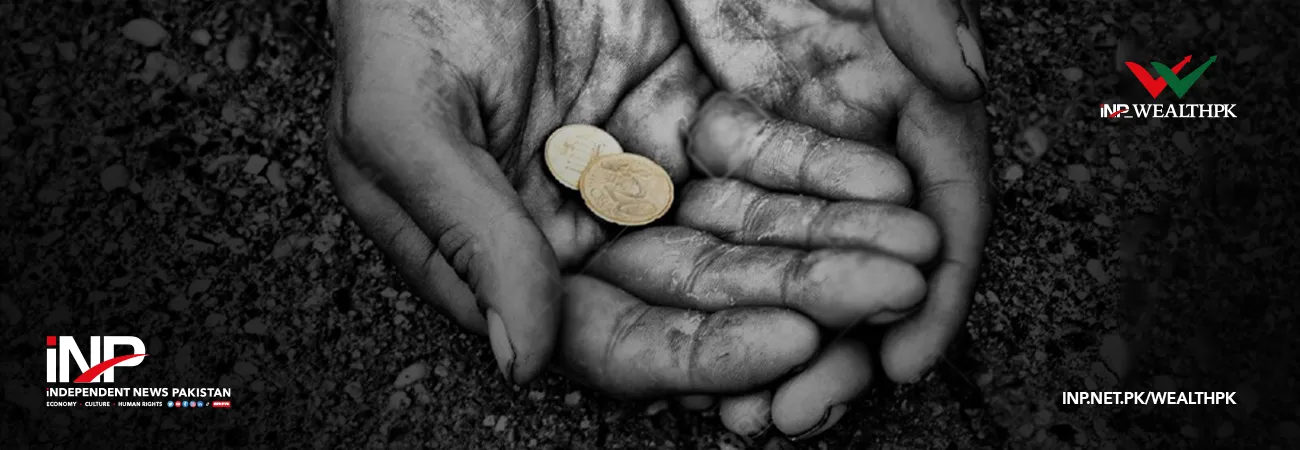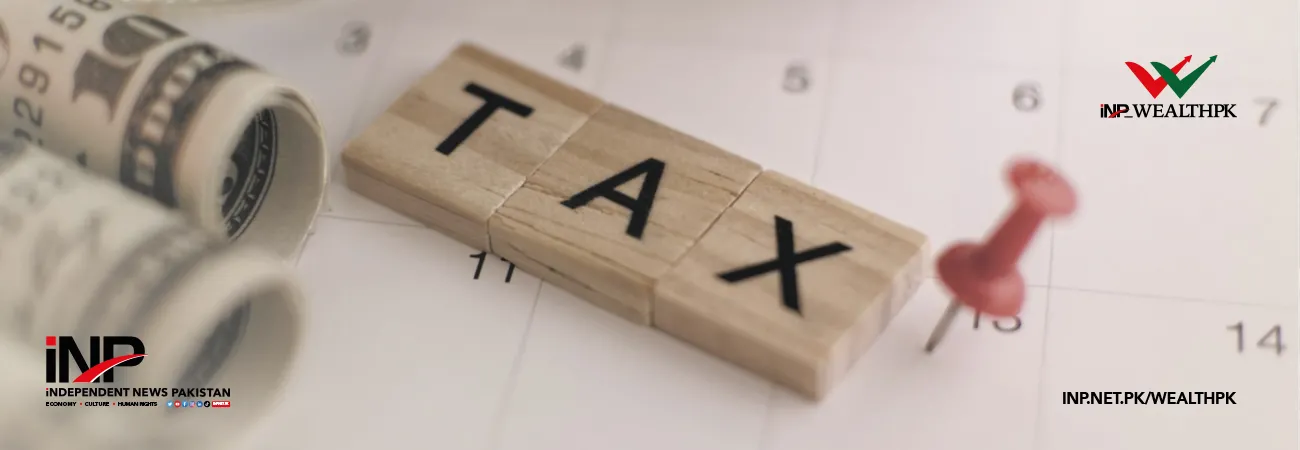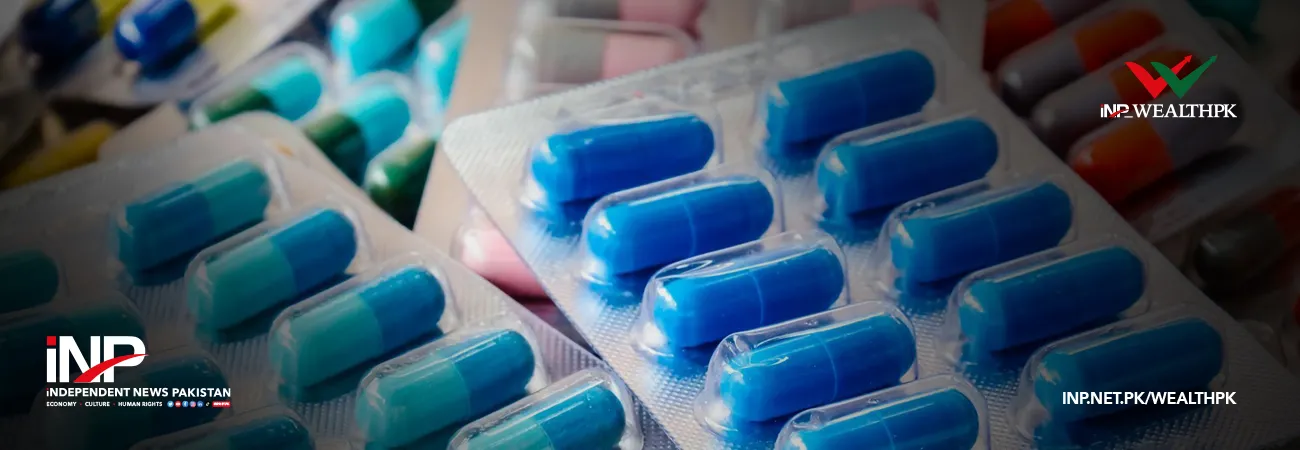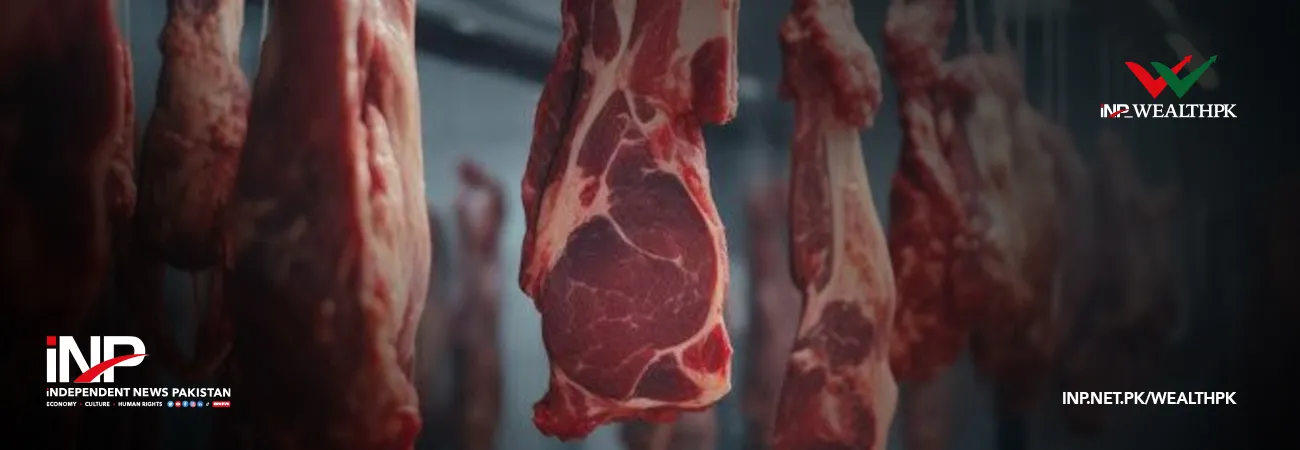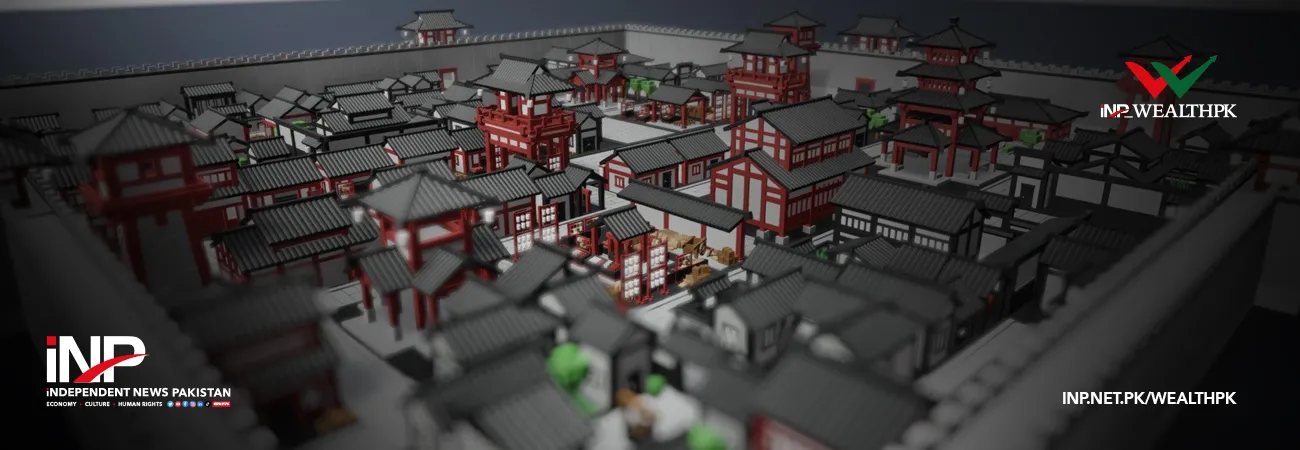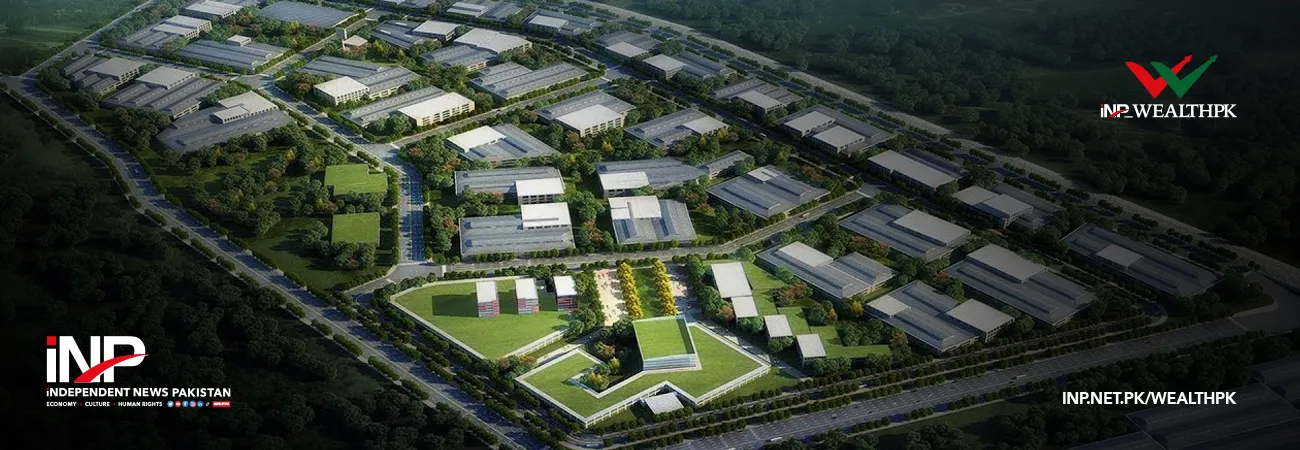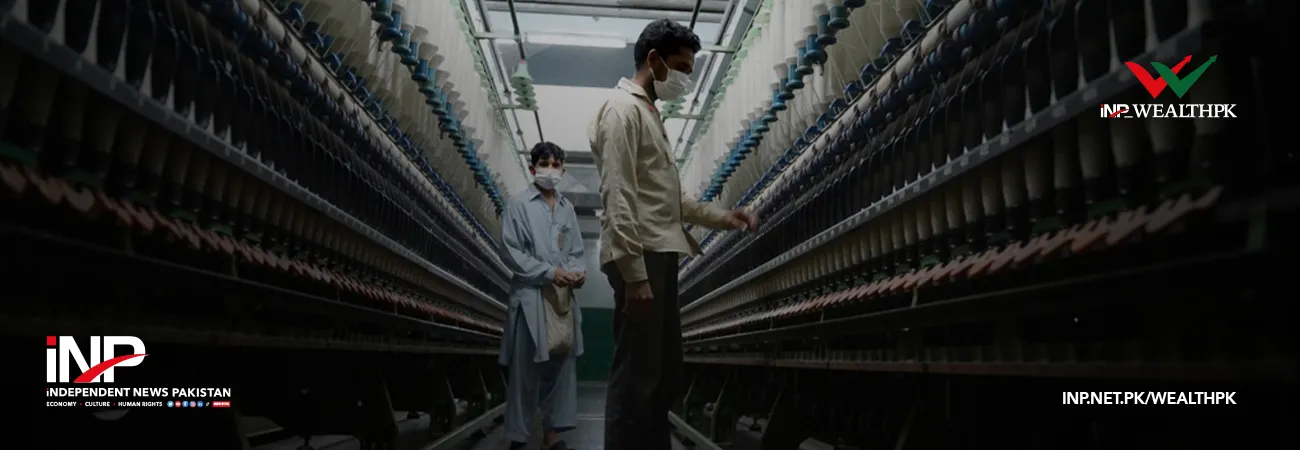INP-WealthPk
Ahmed Khan Malik
Peoples’ Poverty Reduction Programme (PPRP) of the Sindh government has made significant progress in reducing poverty in the province by financially supporting the economically vulnerable sections during the last seven years.
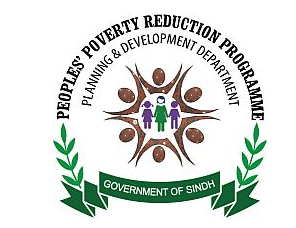
During the first phase of the programme, over 343,000 households were organised into community groups, and more than 112,000 received community investment funds. The programme built over 9,000 low-cost houses, provided vocational training to 34,211 young people, and set up drinking water systems in 1,124 villages, according to the official data shared with WealthPK. The second phase expanded the programme to Ghotki and Sukkur districts with an investment of Rs6.575 billion, reaching even more people. The third phase, approved in 2022-23 with a budget of Rs6.034 billion, aims to cover Naushero Feroze, Shaheed Benazirabad, and parts of Hyderabad and Karachi districts, the documents show.
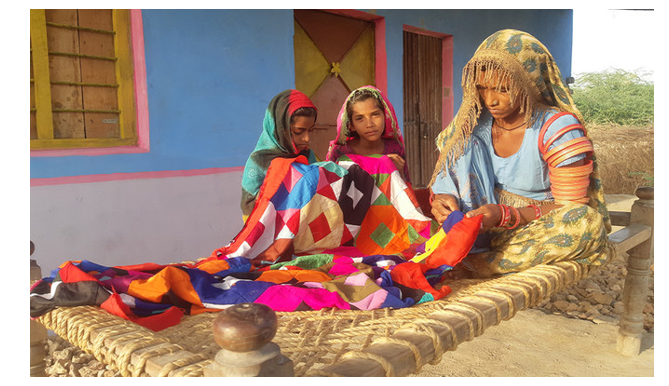
“This programme focuses on empowering women and creating sustainable livelihoods, aiming to reduce poverty among the poorest families in the province,” an official of the Planning and Development Department, Sindh, told WealthPK. “PPRP uses the poverty scorecard to find and assist the poorest households. This card sorts families into four groups based on their poverty level: extremely poor (scores 0-11), chronically poor (12-18), transitory poor (19-23), and non-poor (24-100). By identifying those who need help the most, the programme ensures that resources reach them effectively. It involves community organisations, village organisations, and local support organisations.” “The main activities of the PPRP include income-generating grants, community investment funds, vocational training programmes and low-cost housing schemes. The programme also supports small projects like kitchen gardening and enterprise development, which create jobs and boost local economies,” the official said.
“Initiated in 2017, the programme’s first phase targeted districts, including Khairpur, Sanghar, Badin, Mirpurkhas, Umerkot and Thatta. The programme is supported by Sindh Rural Support Organisation.” “The second phase, which began in 2020 and set to be completed in 2025, focused on Ghotki and Sukkur districts. It emphasises similar interventions with a continued focus on poverty reduction through community support and development programmes,” the official maintained. “Launched in 2023, the third phase covers Naushero Feroz, Shaheed Benazirabad, and rural union councils of Hyderabad and Karachi districts, targeting completion by 2025. The focus remains on enhancing community livelihoods through structured interventions and financial support,” the Planning and Development Department official said. “Sindh’s approach combines community involvement with government oversight. A provincial steering committee led by the chairman of the Planning and Development Board, guides and monitors the programme to ensure it is accountable and transparent,” the official maintained.
“By focusing on women as key agents of change, the PPRP is not only reducing poverty but also reshaping society. Women-led community organisations manage resources effectively and lead local development projects. These groups now help with various initiatives related to health, education and agriculture. With continued support and partnerships, the PPRP aims to keep fighting poverty in Sindh. As it moves into new districts, it hopes to repeat its successes, empower more communities, and make a lasting impact,” the official said. “The Sindh government’s dedication shown through ongoing funding and programme expansion reflects the province’s vision for an inclusive and prosperous future,” the Planning and Development Department’s official concluded.
Credit: INP-WealthPk



